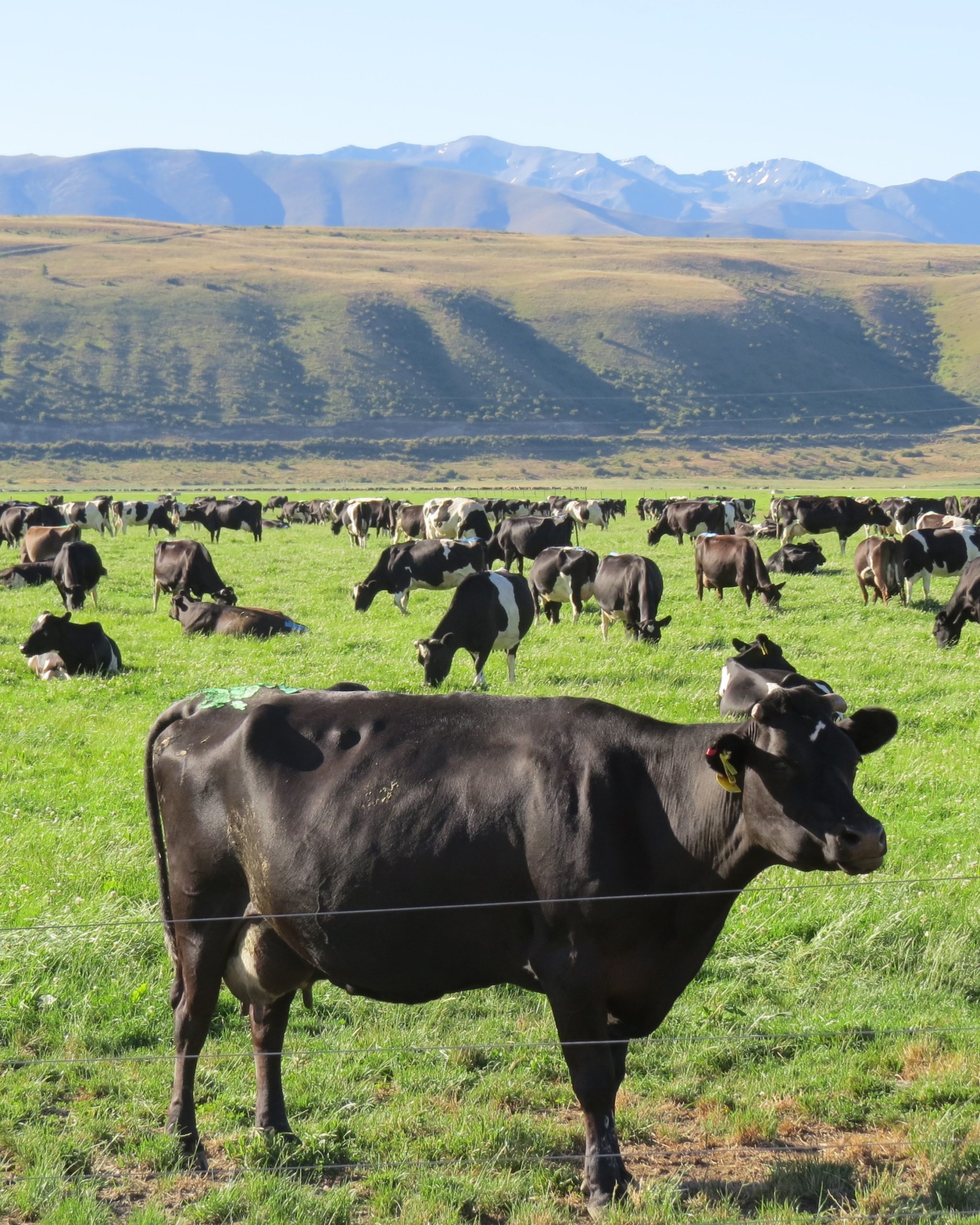Opinion by Dr Peter Trolove, president NZ Federation Freshwater Anglers
Recovery for New Zealand after the coronavirus pandemic should include the Coalition Government’s promise to reverse the decline in our freshwater resources both in terms of water quality and quantity i.e. over-allocation.
Steve Elers article in Stuff April 11, 2020: Time to Cut the Cord and let Agriculture Thrive”, is simply a repetition of the disastrous advice given to the Key Government by MAF (MPI) advisors in 2009. The result was the constitutionally repugnant ECan Act (2010), passed under urgency, which cynically took advantage of a region distracted by the 2010 Christchurch earthquake.
The ECan Act enabled the democratically elected Canterbury Regional Council to be replaced by Government appointed commissioners empowered to bypass the Environment Court and simply take Canterbury’s water via ECan/(by then Government) managed irrigation hearings.
The resulting expansion in industrial (irrigated) dairy farming has left Canterbury with a growing water pollution problem that has no proven means of solution. With the restoration of elected ECan councillors at the end of 2019 initial attempts at mitigation are being made in the form of “Good Management Practice” (GMP) and “Farm Environment Plans”. These plans based on the OVERSEER model provide some guidance to farmers about their use of synthetic urea fertilizers, but on their own these plans can only account for about 30% of the required reduction in nitrate leaching.
Nitrate Levels
NZFFA measurements of Central Canterbury aquifer fed rivers and streams show nitrate levels up to three times those toxic to aquatic life including trout eggs and fry. NZFFA (and ECan) data show a number rural wells now exceed the WHO maximum allowable levels for drinking water (11.3 mg/L NO3-N).
The Selwyn Te Waihora Water Zone neatly sums up the folly of the Key Government’s short term policy: The success of Central Plains Water (CWP), the irrigation scheme enabled by the ECan Act together with subsidies from the Selwyn District Council, Christchurch City Council, and NZ$ 200 million from Central Government, is measured by a $300 million increase in GDP.
Ironically a report commissioned by ECan concluded that $300 million was the estimated amount required to restore the water quality of Lake Te Waihora (Ellesmere). This does not include the far greater costs of pollution to the unconfined aquifer beneath the Selwyn Water Zone nor the lost recreational values and fisheries in streams such as Hart’s Creek and the Selwyn and LII Rivers.
Financial Windfall
The 350 or so shareholders in CPW, the Chinese owned Synlait farms and milk factory, and Fonterra have been gifted a financial windfall while generations of Canterbury ratepayers are left with a legacy of polluted water which they will bear the costs of mitigating.
This story is repeated in various guises in all of the 10 Canterbury water zones.
Polluted water from the Waimakariri water zone is now entering the Christchurch City aquifers posing a long term threat to the city’s 350,000 residents.
The lesson here is that using a natural disaster (or pandemic) to justify unsustainable development as a short term (economic) fix simply creates greater pain for future generations who lose (sustainable) ecosystems services of far greater value.
Steve Elers advice has been tried and found wanting. It is not what is needed to put New Zealand back on track.
Self-interested business leaders and councillors will use the coronavirus pandemic to lobby short term focused politicians to allow further ill-considered/unsustainable “think big” projects for their personal gain.
We owe it to future generations to hold our leaders to account.
©Industrial (irrigated) dairy farming in Mackenzie Basin

